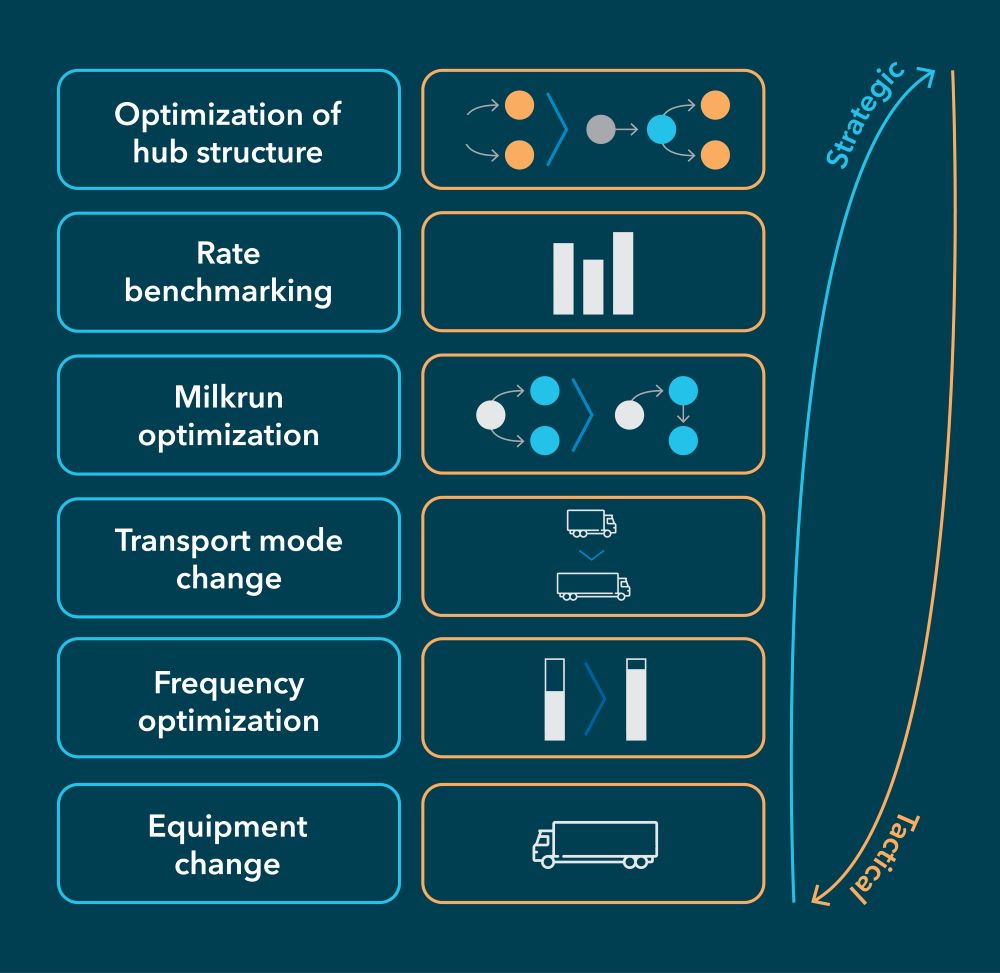In the ever-evolving world of supply chain management, businesses are grappling with challenges related to demand volatility, resource constraints and a lack of visibility into supply chain performance. Even in the post-pandemic era, global disruption continues to reshape the supply chain landscape. Today’s persistent challenges demand recurring network optimization.
Dynamic and volatile supply chains
The new “never-normal normal” in supply chain management is characterized by dynamism and volatility. While the situation with semiconductor shortages may have subsided and high air and ocean rates return to pre-pandemic levels, new issues have emerged to take their place. These challenges include new shortages, rising fuel prices and the complexities associated with near shoring or redesigning supply networks.
In this context, many businesses find themselves struggling to adapt and are often hindered by limited resources and outdated technology. In addition, despite the vast improvements that have been made in the area of transportation visibility, organizations still struggle to gain visibility on the performance of their increasingly complex transportation and supply networks.

Recurring network optimization: a critical approach
It might be common to periodically review strategic priorities such as cross-docking or distribution center locations. Owing to the dynamic nature of today’s supply chains and to continuously address all the uncertainty, however, more frequent assessments are required. For this reason, businesses should consider switching from one-time to recurring or continuous network optimization.
Specifically, such assessments are aimed at enhancing overall performance and increasing sustainability. With recurring assessments, businesses can avoid the challenges of internal constraints, resource limitations and the lack of focus on optimization processes by making network optimization a strategic priority.
With a combined strategic and tactical approach to optimization with repeatable processes, businesses can quickly and proactively plan changes to their networks. Whether it’s optimizing hub structures or milk runs, benchmarking rates or changing modes of transportation, different strategic or tactical levers can be identified and used to effectively optimize the network.
The first steps: questions to ask
Wondering how recurring network optimization could benefit your organization? If so, start by asking yourself the following questions:
When implementing a change, is data revisited to compare the actual and expected performance?
Are you able to document the baseline network and implemented changes?
These questions can serve as a starting point for your organization to evaluate its network optimization practices and identify areas for improvement.
What’s next: partnering for success
Considering the many responsibilities and demanding daily operational duties of supply chain teams, finding time for in-depth network optimization can pose a significant challenge. When an organization lacks the essential expertise, resources, or technology to sustain continuous network optimization efforts, it can opt for support from external partners.
Collaboration with a trusted partner emerges as a practical solution. 4flow provides network optimization as a service, providing customers with customized solutions for continual network improvements. We include a streamlined implementation process and an optimization frequency tailored to align with the specifics needs of your organization.
Interested in exploring a customized solution for optimizing your network?
Authors

Dave Salerno
Operations Director
4flow management

Helen Bower
Manager
4flow management


